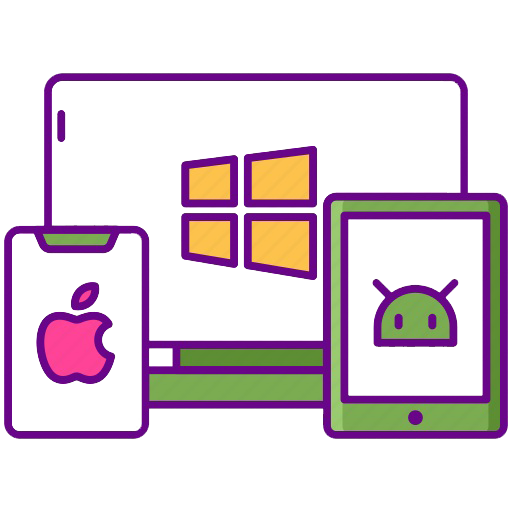
Seamless Cross-Platform Development – Scalable, Reliable, Agile
We specialize in cutting-edge cross-platform development, delivering scalable applications for Windows and ultra-reliable, high-performance mobile apps for iOS & Android.
Our team consists of experienced, certified developers who leverage the best industry practices to create software that is fast, secure, and future-proof. Following the principles of Agile & Scrum, we ensure efficient workflows, rapid iterations, and seamless collaboration, bringing your vision to life with precision and speed.
🚀 Innovate. Scale. Succeed. Let’s build the future—together!